
How to Lock a Bike: Ultimate Guide to Prevent Theft
Your First Line of Defense Against Bike Theft
Bike security is not about making your bike impossible to steal. You want to make it harder to steal than the bike next to yours. Thieves look for quick chances with low risk. You can scare them away by following a few basic rules. These rules form the base of everything else. Learn them well and you have already won half the fight.
The main rule is easy: lock your bike's frame and at least one wheel to something that cannot move using a good lock.
Here are the golden rules you must follow every time you lock your bike:
- Always Lock Your Frame: The frame costs the most and matters the most on your bike. Make it your first choice for your main lock.
- Secure the Wheels: Your wheels cost money and come off easily. Your lock should hold the back wheel and frame together at least. Use two locks to secure the front wheel too.
- Use a Solid Anchor: Lock your bike to something stuck in the ground that cannot be cut, taken apart, or lifted easily. A real bike rack works best.
- Make the Lock Tight: A close fit with little empty space inside the lock stops thieves from putting in tools like pry bars or jacks.
- Position the Lock Carefully: Keep your lock off the ground so it cannot be smashed or pushed against the street. Point the keyhole down to make it harder to pick or drill.
How to Choose the Best Lock to Secure Your Bike
Picking the right lock depends on your risk level, bike value, and need for ease. Not all locks work the same way, and the wrong type can make you feel safe when you are not. We break down the main types to help you pick the right protection.
| Lock Type | Security Level | Portability | Best Use Case |
|---|---|---|---|
| U-Lock (D-Lock) | High | Moderate | Primary lock in medium-to-high-risk areas. |
| Chain Lock | Medium to High | Low to Moderate | Primary lock; securing to large or awkward objects. |
| Folding Lock | Medium | High | Commuters needing a balance of security and portability. |
| Cable Lock | Low | Very High | Securing accessories or as a secondary lock with a U-lock. |
U-Locks: The Gold Standard
U-locks work as the top choice for bike security for good reasons. They have a solid, hard steel piece in a "U" shape and a bar that locks across. Their stiff design fights off cutting, prying, and leverage attacks well.
A quality U-lock feels different when you hold it. It feels heavy and solid, and closes with a firm "clunk" that means it locked right. Cheap ones feel light and may rattle around. A good U-lock has a double deadbolt, which means a thief must cut both sides to break it, making them work twice as hard. Carrying one can be awkward in a backpack or on a frame mount that sometimes rattles, but their security beats the price. The only real problem is their small locking area; you may have trouble fitting one around a thick pole or weird-shaped rack.
Chain Locks: Versatile Heavyweights
A good chain lock fights hard against thieves. Look for chains made of hard steel with six-sided or trap-shaped links, which bolt cutters cannot grip as well as round links. The chain is only as strong as its lock, so make sure it has a tough padlock or built-in lock, better yet with a covered shackle.
The best thing about a chain is how it bends. It wraps around lamp posts, trees, or many bikes easily, giving you way more locking choices than a stiff U-lock. This flexibility costs you weight though. A chain lock as secure as a good U-lock will weigh much more and take up more space, making it less ideal to carry on your bike. Many people who ride to work leave a heavy chain locked at their main stop, like their office bike rack.
Folding Locks: A Convenient Compromise
Folding locks use steel bars connected by pivots that fold into a small, easy-to-carry package. They solve the U-lock's stiffness problem and the chain's weight problem, often coming with a sleek case that mounts on your frame.
They balance security and convenience well. While expensive models are very strong, the pivots are structurally different from a solid piece of steel in a U-lock. A determined thief might target these pivot points. However, for many city riders in medium-risk areas, the better portability and ease of use make a quality folding lock a great choice.
Cable Locks: A Secondary Tool
You must understand this: never use a cable lock as your main lock anywhere bike theft happens. A basic cable can be cut in seconds with small bolt cutters that a thief can easily hide in a backpack.
Use them only as a second deterrent. Loop a cable through your front wheel or saddle rails and connect it to your main U-lock or chain lock. This acts as a "security leash" that stops casual theft of your parts. Think of it as an add-on for your main lock, not a real lock by itself.
The Right Way to Lock a Bike in Public
Having a great lock is only half the job. How you use it matters just as much. A correctly used lock works at its best and tells a thief that your bike is too much trouble. Here are the step-by-step ways to secure your bike like a pro.
The Essential Lock-Up
This method uses one high-quality U-lock and is the fastest and best technique for daily security. It is a version of the method made popular by cycling expert Sheldon Brown.
- Select a proper, immovable anchor. This should be a real bike rack stuck in the ground. Test it by pushing on it to make sure it is solid.
- Position your bike with its back wheel close to the rack.
- Pass the U-lock around the rim of your back wheel, making sure it goes inside the "rear triangle" of your frame. The rear triangle is formed by the seat tube, chainstays, and seatstays. Then pass the lock around the secure rack.
- Engage the lock. By locking the back wheel inside the frame's triangle, you make it impossible to steal the frame or wheel, since the wheel cannot be pulled through the triangle. Make sure the fit is tight and the keyhole faces down. We recommend following the best practices recommended by Cycling UK, which focus on securing the frame first.
The Fortress Method
For higher-risk areas or overnight parking, two locks provide much better security. The goal is to force a thief to carry and use two different types of tools or spend twice the time.
- Use your main lock (a high-quality U-lock) to secure the frame and back wheel to the rack, as described in the Essential Lock-Up method.
- Use your second lock (a cable, a second U-lock, or a chain) to secure the front wheel directly to the frame. This completely stops both wheels and the frame from moving.
Choosing Your Location
Where you lock your bike can matter as much as how you lock it. A thief's worst fear is a high-risk environment.
- High-Traffic, Well-Lit Areas: Always pick a spot with lots of foot traffic and good lighting. More eyes and visibility create a natural deterrent.
- Dedicated Bike Racks: These are designed for security and are your best choice.
- Avoid "Sucker Poles": Be careful about locking to signposts. Some thieves carry tools to simply unscrew the sign at the top, lift the whole pole out of its sleeve, and walk away with your bike. Check that the post is securely bolted and tall enough that a bike cannot be lifted over it.
- Avoid Street Furniture: Benches, railings, and scaffolding can often be taken apart with simple tools. Always give your anchor point a firm shake and visual check before locking up.
How Bike Thieves Think: Mistakes You Must Avoid
To really protect your bike, you need to understand how a thief thinks and works. Most theft happens when someone sees an easy chance and takes it, targeting the easiest and quickest score. By understanding common attack methods, you can defend against them ahead of time. As highlighted by cycling journalists at road.cc, powerful tools being available makes smart locking essential.
The Leverage Attack
- Threat: A common attack on U-locks involves putting a long pipe or crowbar into the empty space within the "U" and twisting with huge force. The leverage can bend the shackle or break the crossbar mechanism.
- Defense: The best defense is to make this empty space as small as possible. Use the smallest U-lock that works for your needs. When you lock up, fill the shackle as much as possible with your frame, wheel, and the rack. A tight fit leaves no room for a thief's tools.
The Cut Attack
- Threat: Simple hand-held bolt cutters can cut through any cable lock in seconds and can beat cheap chains and low-quality U-locks. For expensive locks, the modern threat is the portable, battery-powered angle grinder, which can cut through almost any hardened steel.
- Defense: First, never rely on a cable lock for main security. Second, while no lock is completely angle-grinder-proof, some resist much better than others. Locks with thicker shackles or special materials (like the Litelok X-series) are designed to wear down grinder discs and take more time and noise to cut. Put your lock in an awkward, high position, making it hard for a thief to get a clean angle or use the ground for leverage.
The Pick Attack
- Threat: Low-quality locks often use simple tumbler mechanisms that can be picked by a skilled thief.
- Defense: Buy locks from trusted brands like Kryptonite, Abus, or Hiplok that use high-security locking cores. Look for features like disc-detainer cylinders, which are much harder to pick than traditional pin-tumbler locks. Also, positioning the keyhole to face down makes it harder for a thief to see, reach, and insert picking tools. It also protects the mechanism from rain and dirt.
Layered Locking Strategy to Prevent Bike Theft
Real peace of mind comes from a layered security strategy that goes beyond just the lock. A complete approach involves making your bike a less attractive target and having a plan in place if the worst happens.
Document and Register Your Ride
This is the single most important step you can take before your bike is ever stolen. A bike with a registered serial number has a much higher chance of being recovered and returned.
- Find and Record Your Serial Number: This is usually stamped into the metal on the underside of the bottom bracket (where the pedal cranks meet the frame). Flip your bike over to find it. Take a clear photo of it and email it to yourself.
- Register Your Bike: Use a free national database like Bike Index or Project 529. These services are used by police departments, pawn shops, and the cycling community to identify and recover stolen bikes. It takes five minutes and is invaluable.
Make Your Bike Less Attractive
- Component Security: Your wheels, saddle, and seatpost are easy targets. Replace the quick-release skewers on your wheels and seatpost clamp with locking skewers that require a special key to remove.
- Take Accessories With You: Never leave your lights, GPS computer, or bags on your bike, no matter how quick your stop is. These are tempting, easy targets for a thief.
- The "Uglification" Tactic: While it may sound backwards, making a valuable bike look less perfect can scare thieves away. Some daily commuters use electrical tape or non-damaging stickers on purpose to cover up brand names and make the bike look older or less valuable at first glance.
Consider a GPS Tracker
For high-value bikes, especially e-bikes, a hidden GPS tracker is a powerful recovery tool. These devices can be hidden inside a handlebar, seatpost, or tail light, and will alert your phone if the bike is moved. They can give law enforcement the live location of your stolen bike.
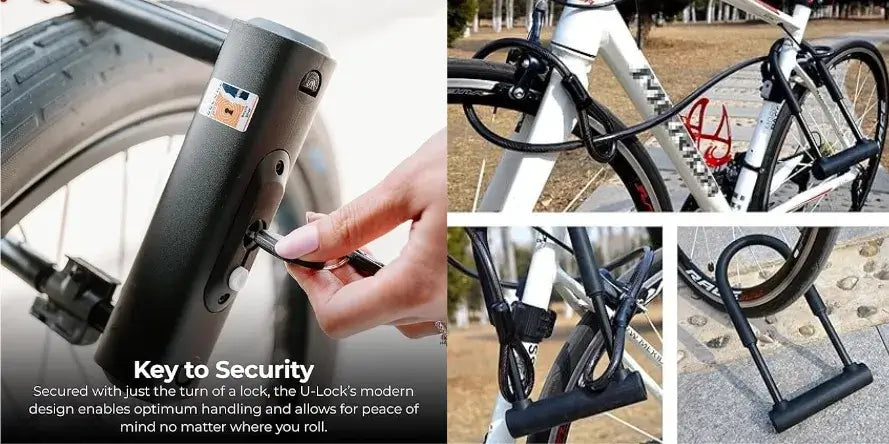
Lost Your Bike Lock Key? Here’s What to Do
Losing a key or forgetting a combination is frustrating but happens often. Before you resort to destructive methods, there are several steps you can take as the legitimate owner.
For Keyed Locks
- Check for Your Spare Key: Most high-quality locks come with at least two keys. Make sure you know where your spare is kept in a safe place.
- Use Your Key Number: Trusted brands like Kryptonite and Abus offer key registration programs. When you buy your lock, you should immediately write down the unique key number attached to your keys and register it on their website. If you lose your keys, you can order a replacement directly from the manufacturer using this number.
- Call a Locksmith: As a last resort, a professional locksmith can cut the lock for you. Be ready to show proof of ownership of the bike. This can be expensive but is often the quickest solution if you have not registered your key number.
For Combination Locks
- Try Obvious Combinations: Before you panic, patiently try any memorable numbers: birthdays, old addresses, or PINs you use often.
- The Tension Method: For some simpler combination locks, it is possible to find the combination by feel. Apply light but firm tension by pulling the two ends of the lock apart. Slowly turn each dial one-by-one. You may feel a slight click or a bit of "give" when a correct number falls into place. This requires a lot of patience and is not guaranteed to work on all models.
- Contact the Manufacturer: A few brands may have a master reset process, but this is rare and usually requires that you registered the product and its original combination with them when you purchased it.
Frequently Asked Questions
1. Q: How often should I replace my bike lock?
A: Replace your lock if it shows signs of wear, rust, or damage to the mechanism. High-quality locks can last many years with proper care, but if your lock becomes difficult to open or shows structural damage, it's time for a new one.
2. Q: Can I use the same lock for multiple bikes?
A: While possible, it's not recommended for security reasons. Each bike should have its own dedicated lock to ensure maximum protection. Sharing locks between bikes can create vulnerabilities and inconvenience.
3. Q: What should I do if I see someone trying to break a bike lock?
A: If you witness someone attempting to break a bike lock, call local police immediately. Do not confront the person directly, as this could be dangerous. Take photos or video from a safe distance if possible.
4. Q: Are expensive bikes always targeted more than cheaper ones?
A: Not necessarily. Thieves often target bikes based on opportunity rather than value alone. A cheap bike with poor security might be stolen over an expensive bike with excellent security. However, high-end bikes do attract more attention from professional thieves.
5. Q: Should I lock my bike in the same spot every day?
A: It's better to vary your locking location when possible. Parking in the same spot daily allows thieves to study your routine and plan accordingly. If you must use the same location, vary your timing and always inspect the area for suspicious activity.
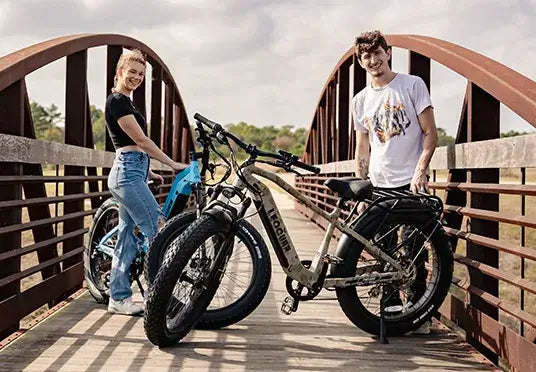
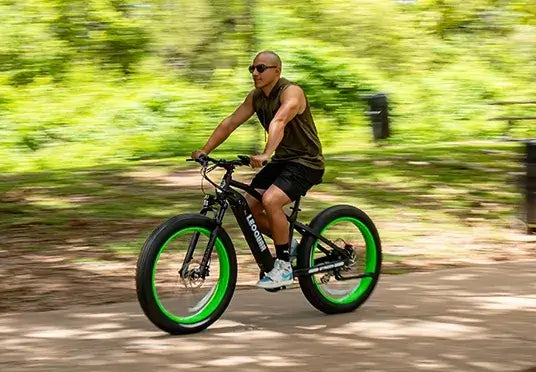
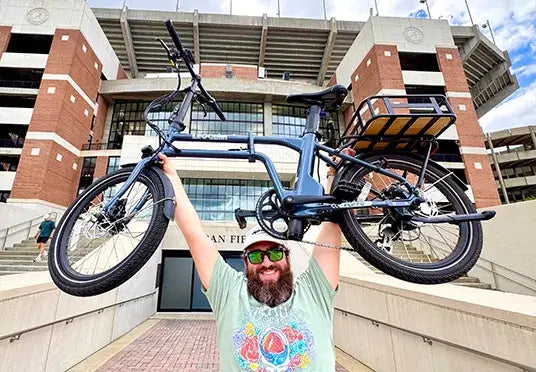
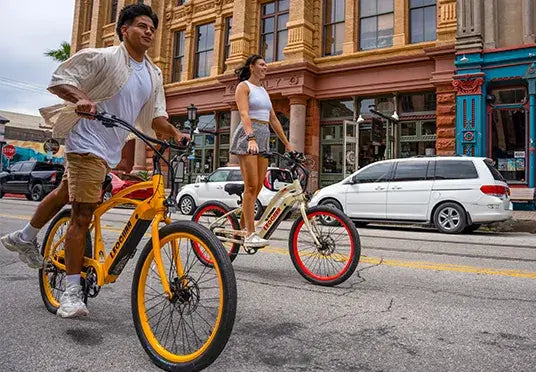
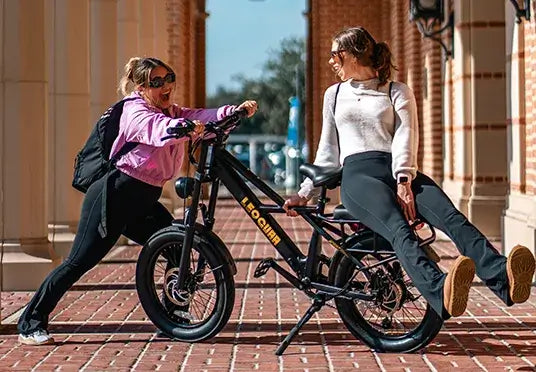
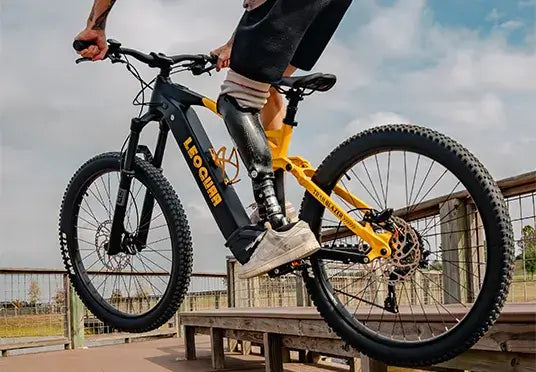































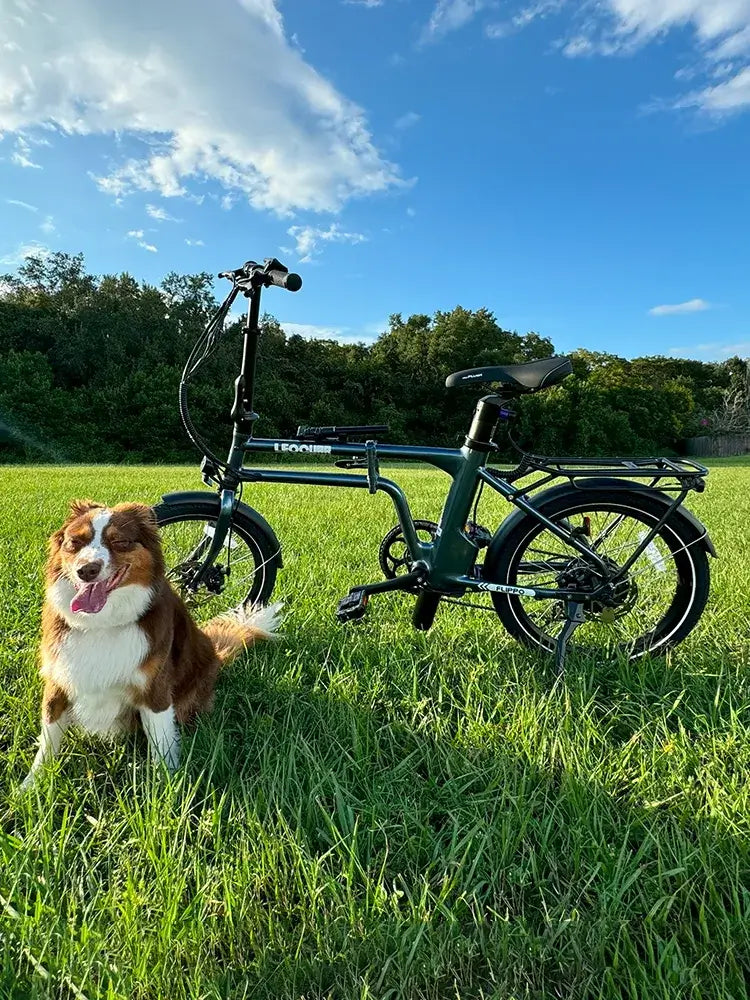










Leave a comment
Please note, comments must be approved before they are published.
This site is protected by hCaptcha and the hCaptcha Privacy Policy and Terms of Service apply.